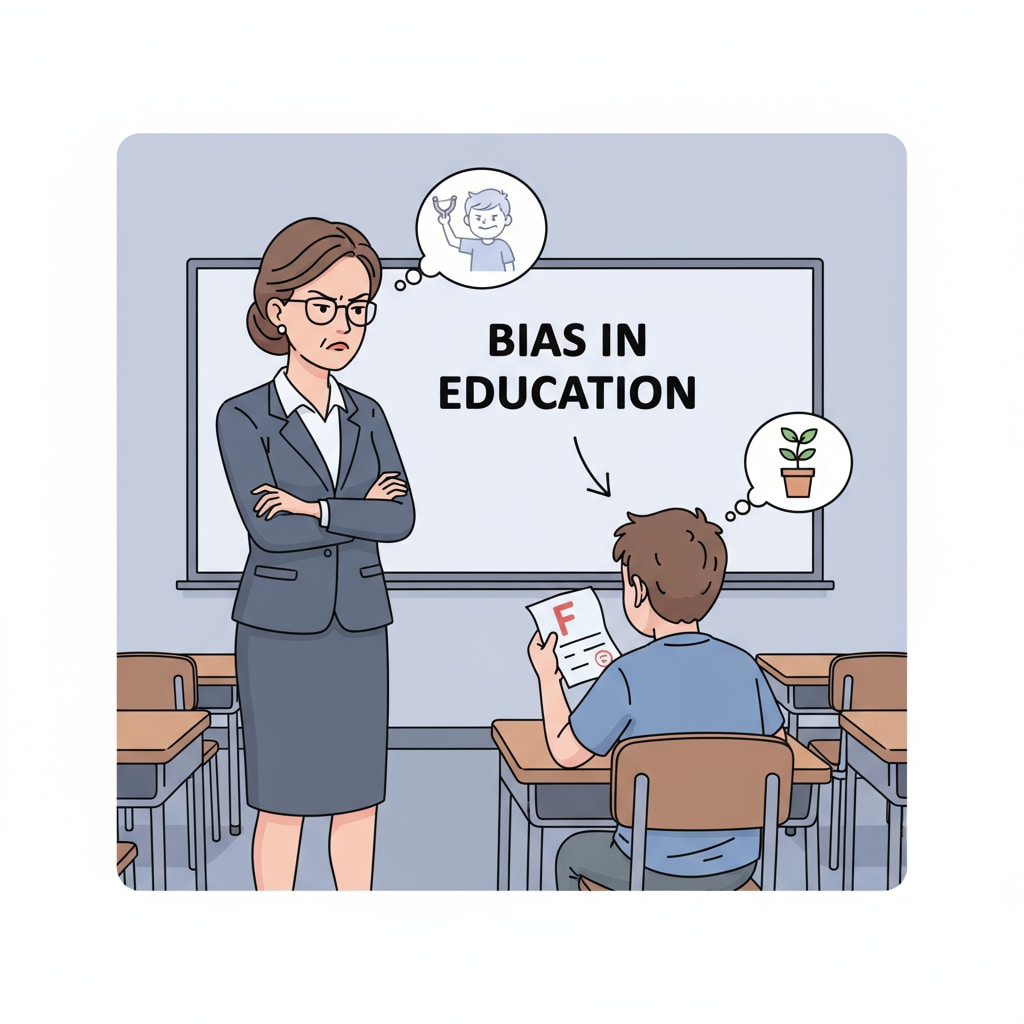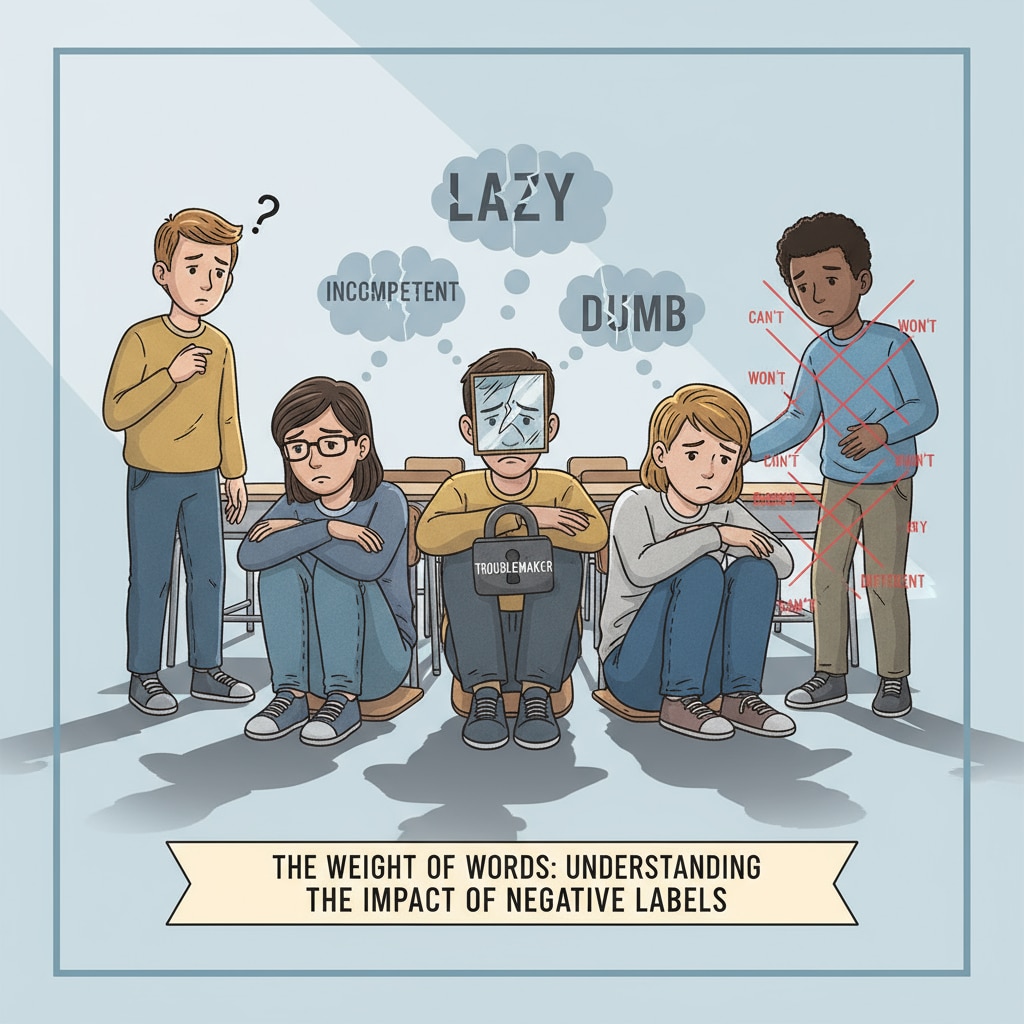School injustice, teacher bias, and the labeling effect are issues that have long haunted the K12 education system. In many classrooms, teachers unconsciously assign labels to students, which can have far-reaching and often negative consequences. These labels are not just simple descriptions but can become a heavy burden on students’ growth paths.

The Origins of Teacher Bias
Teacher bias can stem from various sources. For example, teachers may have preconceived notions based on a student’s appearance, family background, or previous academic performance. According to Educational Psychology on Wikipedia, these initial impressions can lead to unfair categorizations. A teacher might assume that a student from a disadvantaged family will have lower academic potential, or that a child with a certain hairstyle is not focused in class. These biases are often unconscious but can significantly influence how teachers interact with students.
The Labeling Effect Unveiled
The labeling effect occurs when these biases turn into actual labels for students. Once a student is labeled as “slow,” “troublemaker,” or “gifted,” it can create a self-fulfilling prophecy. As stated in Labeling Theory on Britannica, students may start to internalize these labels. A student labeled as “slow” may lose confidence and stop trying hard, believing that they are indeed not capable. On the other hand, a “gifted” label might put excessive pressure on a student, leading to stress and burnout.

The long-term impacts of these labels on students’ academic development are significant. Students with negative labels may see a decline in their grades, as they are less likely to receive the same level of support and encouragement as their peers. In addition, their mental health can also be severely affected. They may experience anxiety, low self-esteem, and even depression due to the constant reinforcement of these negative labels.
Readability guidance: Here, we can see how teacher bias and the resulting labels disrupt the normal learning and growth process of students. By understanding these issues, educators can take steps to correct their biases and create a more positive learning environment.


